Opinion: The race to save America’s birds
Editor’s Note: Anders and Beverly Gyllenhaal are the authors of “A Wing and a Prayer: The Race to Save our Vanishing Birds.” Their website, FlyingLessons.US: What We’re Learning from the Birds, includes stories, photos, videos and guidance on the world of birds. The views expressed in this commentary are their own. Read more CNN Opinion.
Not far from Disney World, on a stretch of sprawling grasslands called the Florida Prairie, researchers are gradually rebuilding the population of a tiny, skittish sparrow that’s the most endangered bird on the continent.
A band of wildlife scientists, nonprofits and universities are working together to nurture the Florida grasshopper sparrow back from just 22 remaining pairs, as we document in our new book, “A Wing and a Prayer: The Race to Save our Vanishing Birds.’’ They figured out how to breed chicks in captivity. They watched to make sure the fledglings knew how to behave like sparrows in the wild. Then they released a few at a time on the prairie to find mates and breed. Slowly, the sparrow’s numbers are inching up again.
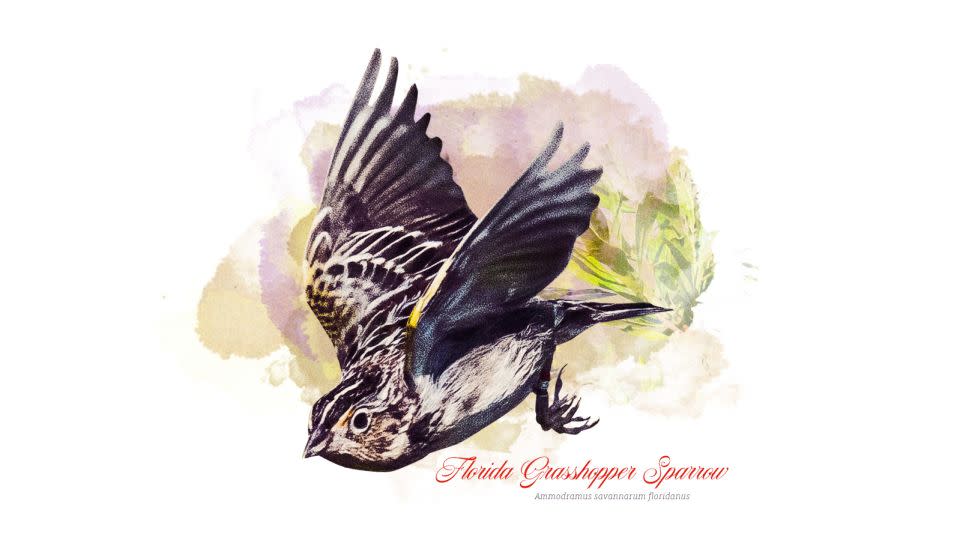
The rescue is an inspiring story, but it’s also a worrisome one. For decades, missions like these have played out on the edge of extinction while wildlife conservation has proven unable to slow the broad erosion of North America’s birds.
It’s been four years since researchers discovered that nearly a third of the breeding bird population withered away since the 1970s, and the outlook has only gotten more pressing. About half our bird species are in some stage of decline.
The causes are a lethal blend of old and new forces, ranging from loss of habitat and shifting climates to hazards such as high-rise glass buildings, city lights, outdoor cats, wind turbines and pesticides. It’s a grab-bag of threats that need to be met with a serious overhaul of our conservation strategies.
Thankfully, a number of emerging advances can make a difference. Research breakthroughs, sophisticated tracking tools, new conservation ideas, even genomic tools offer remedies if we’re willing to put them to work in a methodical, aggressive way.
The two of us spent a year traveling 25,000 miles and interviewing more than 300 people for our book. We visited inspiring, encouraging rescues all across the hemisphere that could be models for recovery.
Some of the most promising come from technologies that analyze and protect species in creative new ways before they’re down to their last few birds. They range from the use of sound to track birds to a sprawling project in Hawaii to counteract the impacts of climate change.
These methods aren’t cheap. Recovery missions for individual species can cost between $1 million a year to 10 or 20 times that. But we believe these investments are well worth it compared to the price of letting another third of America’s birds vanish over the next half century.
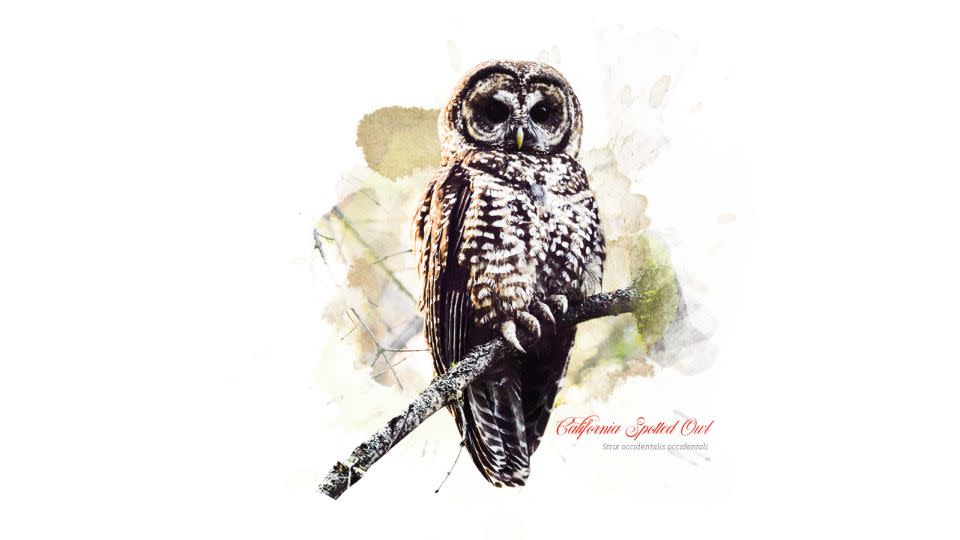
In the Sierra Nevada mountain range, the US Forest Service is using a combination of audio recorders and artificial intelligence to track dwindling populations of the California Spotted Owl. The tools have turned out to be the best way to pinpoint the locations of the popular, splotchy owls that are spread across vast, nearly impenetrable expanses.
Researchers strap the recorders to trees spread throughout the forest to gather the owls’ hoots and calls and then apply algorithms that create maps of precisely where the owls are. Those findings then help foresters fashion plans to protect the birds from predators, improve their habitat with better forest management and monitor the owls as their numbers stabilize.
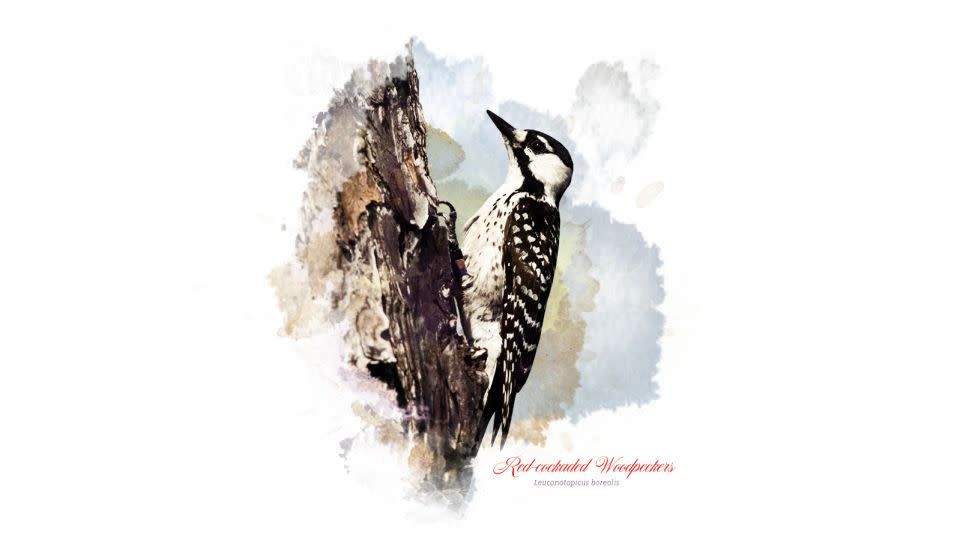
At the other end of the country, in the Southeastern United States, the red-cockaded woodpecker, thought to be doomed not long ago, is making a comeback with help from none other than the Department of Defense. Military bases have emerged as islands of open land now home to some 500 troubled species. Though feathered creatures can get in the way of training and base life, commanders, required under the Endangered Species Act to prevent extinctions, have embraced research and conservation efforts restoring birds and other wildlife – none more successfully than this woodpecker.
The pickiest of birds, the red-cockaded can live only in cavities that take as long as a decade to carve into aged, long-leaf pines. The military figured out how to make man-made, wooden replicas that can be installed in the trees in a few hours, instantly expanding the housing for these birds and boosting their populations.
“It’s in the nation’s best interest that we have a prepared armed forces,’’ Ryan Orndorff, director of natural resources for the Department of Defense, told us. “It’s also in the nation’s best interest that these imperiled species remain in existence.”
Hawaiian honeycreepers
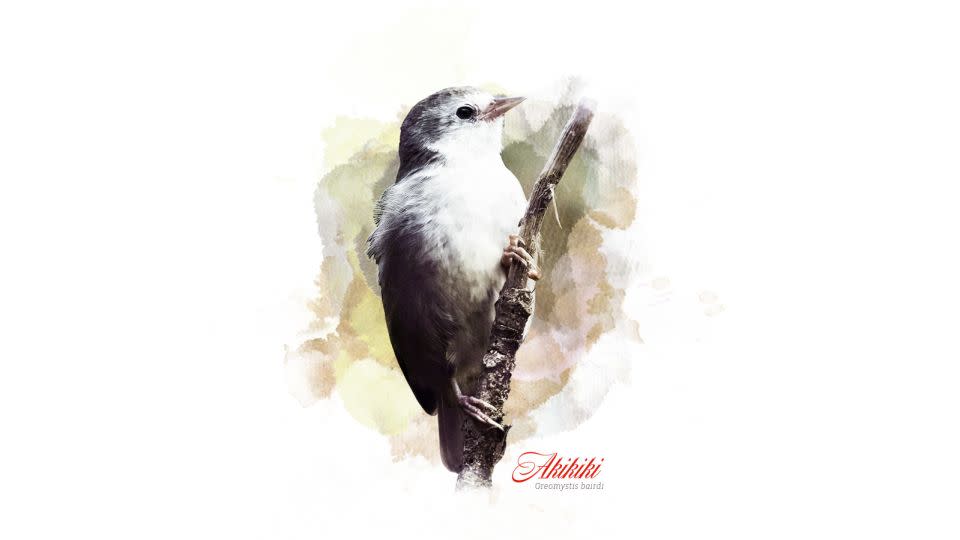
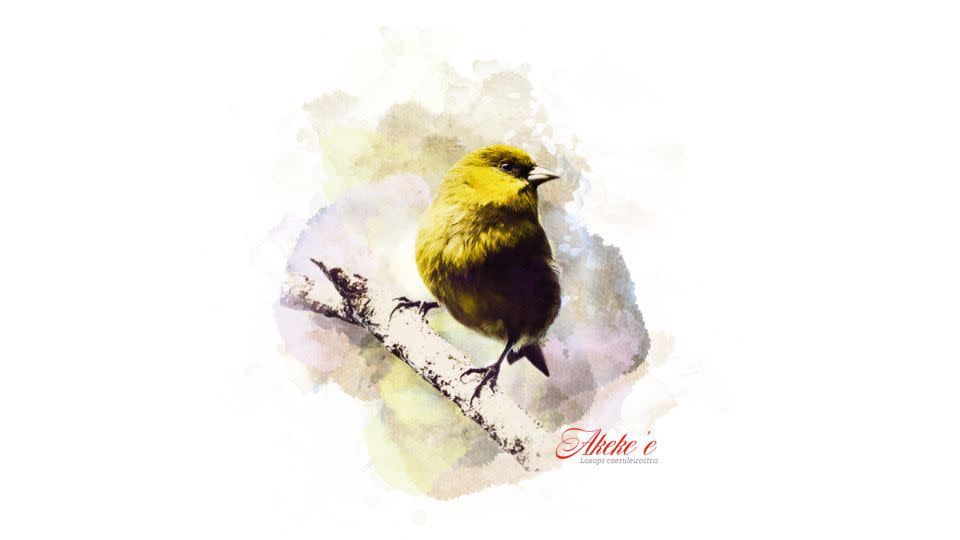
The hemisphere’s most unusual rescue mission is unfolding in Hawaii. Long the world’s capital of extinction, the state has already lost more than two-thirds of its 140 native bird species, from crows to owls to hawks. Now, avian malaria spread by mosquitoes is killing off the last of 15 endangered species of finches known as honeycreepers, some with plumage that span the rainbow and beaks that curve in half circles.
For years these birds escaped the malaria-carrying mosquitos because the bugs were found only in the lowlands where the temperatures were hot enough for the insects to breed. But warming climates are enabling the deadly mosquitoes to reach higher elevations – home to the last of the forest birds with such melodious names as the Akikiki and the Akeke’e.
The remedy is a massive project releasing clouds of lab-bred mosquitos infused with bacteria that should act as a kind of birth control when they mate with wild mosquitos. The plan is to breed millions of these insects on the mainland, lower their temperatures to manage the trip to Hawaii and then gradually spread them across the rainforests, first in Maui and then Kauai this year and next.
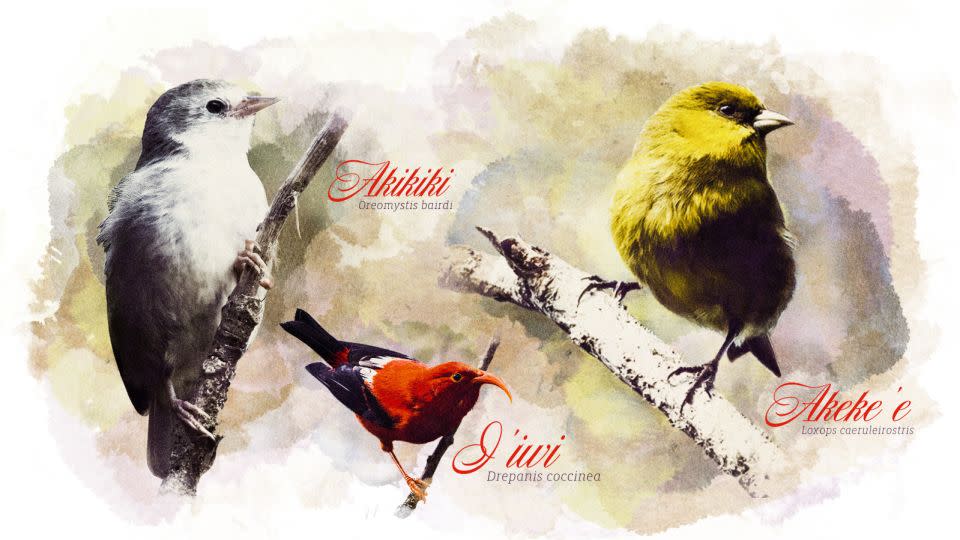
These and other cases explored throughout our book show that almost any bird species can be preserved with the help of modern remedies. But to put these tools to work is going to take stepped-up support from state and federal agencies and Congress, starting with providing levels of funding equal to the breadth of the losses.
The state and federal wildlife agencies that watch over troubled species also remain hampered by antiquated policies. Too much of the focus is on the final stages of a bird’s existence – as in the case with the grasshopper sparrow – when costs are highest, challenges are greatest and there’s little room for error.
The country’s once-impressive federal bird research firepower has gradually been abandoned, leaving much of the scientific work up to nonprofits struggling for funding. The country’s Endangered Species system, the world’s gold standard for saving species from extinction reaching its 50th anniversary, is being swamped by the rising number of species in need and funding that hasn’t kept up with that demand. It can take years, sometimes decades, for candidate species simply to get an assessment, records show.
“We’ve got to rethink conservation from soup to nuts,’’ said Pete Marra, dean of Georgetown University’s Earth Commons Institute and leader of a new initiative pushing for research aimed at species before they approach extinction. “What we’re doing is not working.’’
This isn’t the first time the US has faced a crisis over bird populations. Thankfully, every previous time Americans have found a way to overcome the threats. That gives us hope that we will rise to the occasion again.
As early as the turn of the 1900s, when great blue herons, great egrets and roseate spoonbills were slaughtered for their feathers, the US passed the first laws protecting birds. When ducks and geese nearly disappeared during droughts in the 1930s, hunters launched what’s grown into the nation’s most successful conservation effort in history. When bald eagles and ospreys were nearly wiped out by pesticides, Congress banned DDT, passed the Endangered Species Act and launched the Environmental Protection Agency.
We’ve reached another juncture where birds need help. Now is the time to combine the conservation successes of the past with these developing new technologies. A solution to the financial need is also within reach: A proposal to provide the most significant increase in wildlife funding in a generation is currently pending before Congress in the Recovering America’s Wildlife Act. The legislation providing annual resources of $1.3 billion passed the US House last summer but is now stalled in the Senate.
We’ve taken birds for granted for generations even though they play essential roles as nature’s workhorses. They spread seeds, pollinate plants, eat insects by the tons, fertilize the land and seas and, of course, provide the soundtrack of the outdoors. Today, they also play a role as living barometers of the health of the environment that we share.
“I would say we have a decade to get this right,’’ said Elizabeth Gray, chief executive officer of the National Audubon Society, one of many leaders in the field we talked to who stressed that the next 10 years will be decisive for North America’s bird populations.
If future generations are to experience the awe and wonder of living alongside sparrows, woodpeckers, owls and honeycreepers, we need to listen to the message the birds are sending and not let this opportunity slip away.
For more CNN news and newsletters create an account at CNN.com
